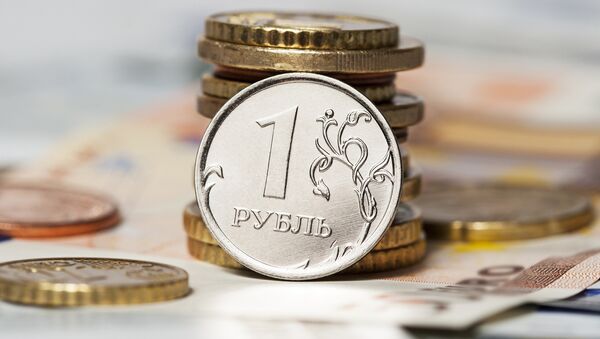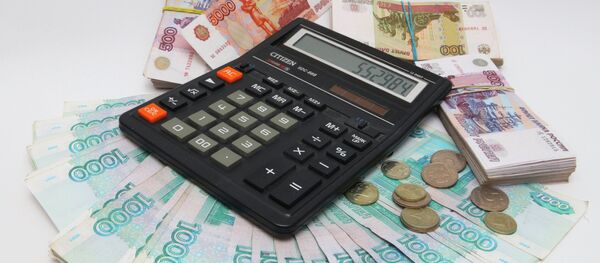On January 21, the ruble was trading at 84.81 to the US dollar and 92.55 to the euro. However, the next day the Russian currency managed to rebound, trading at 80.26 and 86.86 to the US dollar and the euro, respectively.
With the Russian currency bouncing back, hedge funds, offshore investment bodies that engage in speculation using credit or borrowed capital, became a bit optimistic about the ruble.
"This is more likely profit taking after a huge currency slump rather than the turnaround in sentiment," Bloomberg said, citing the words of Barclay's foreign-exchange expert Juan Prada.
On Friday, the price for Brent crude increased by 10 percent. It was the biggest one-day rally since August 2015.
The Russian economy is heavily dependent on oil prices. Its national currency lost about half of its value against the dollar since 2014 amid an oversupply in the global crude oil market.
Last week, Russian Economic Development Minister Alexei Ulyukayev predicted that the average currency rate would stabilize at 63 rubles to the dollar later this year.


